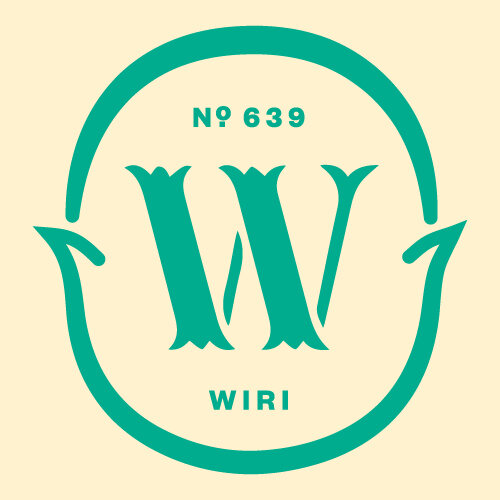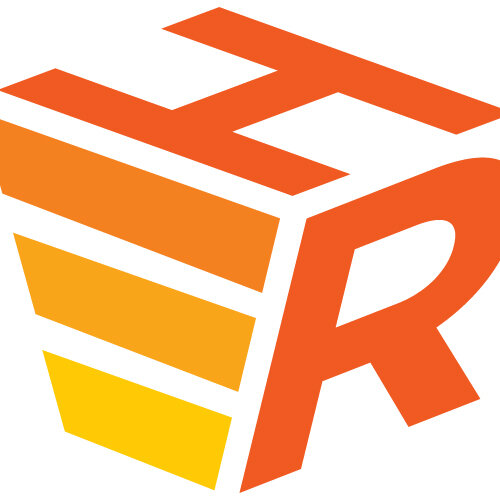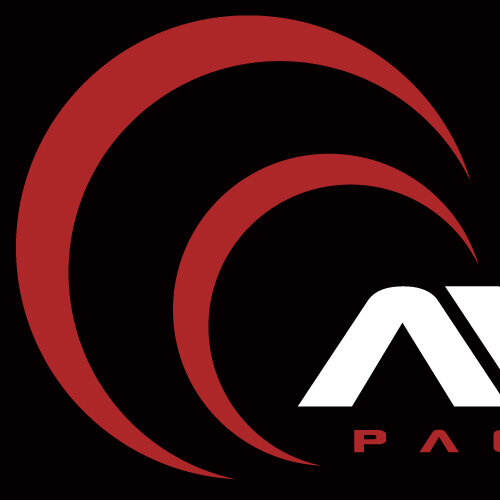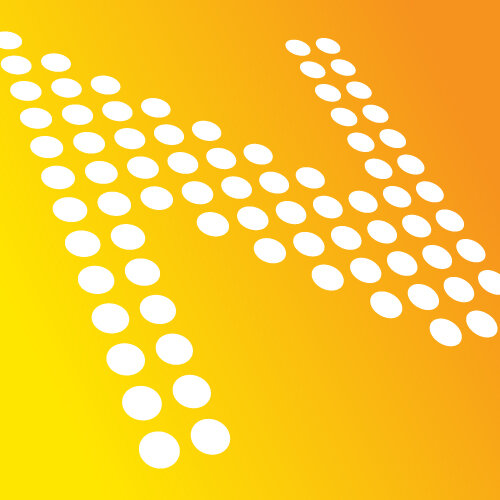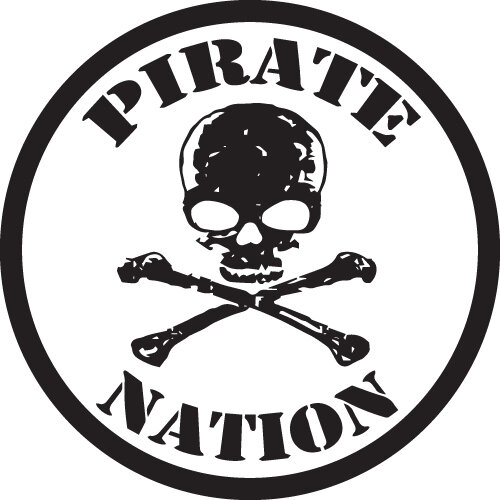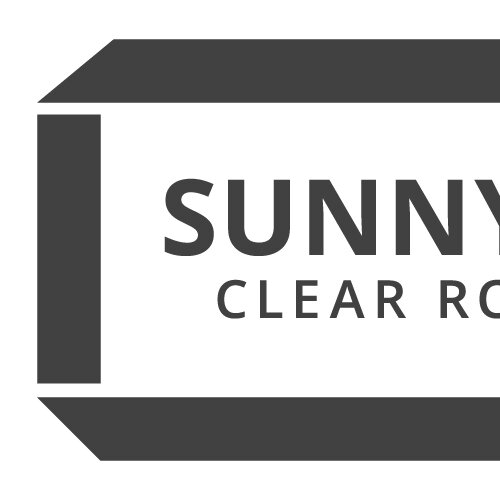A great website with some key tools (such as a supporting database system) is not only a great way to keep in touch with your existing customers; it will allow you to promote your business, reach out to potential new customers, take enquiries and entice people back time and again.
Customer databases
A database is essentially a simple list of your customers – typically your best customers. Databases won’t help you make money if you don’t use them properly – so you need to come up with strategies and plans to work your database and maximise the opportunities it offers. When creating a database, you need to ask for the right information. As with all things the more information you have the better, but be careful not to annoy your customer by asking too many questions. A good rule of thumb is that if you’re unlikely to use the information, don’t bother asking for it. Below is a list of some of the information that may be useful for your business:
- Name
- Email address
- Phone number (mobile most likely)
- Customer birthday
- Date the customer signed up to the database (their anniversary of being a member)
- Favourite product (if you have a range of products you sell)
- Favourite reasons to visit your business (appropriate for hospitality or retail businesses)
A good database system allows you to collect customer information directly from your website – again, via the ‘sign up to our mailing list’ or ‘join our members club’ links. When customers sign up to the database they are signaling an expectation and agreement to receiving invites to events, and special offers from time to time, so be sure that you don’t disappoint. Please note: it is illegal in New Zealand to send spam (unsolicited email). As part of your database information collection, your customers MUST check a box that states they are happy to receive emails from you. Also, every email you send them must give them the option to unsubscribe from receiving emails in the future.
So now that you’ve collected it, where do you store all this database gold? Ideally, your database will be connected to a mailing system of some kind that will allow you to quickly and easily email your latest offers. A couple of common systems are Mail Chimp and Campaign Monitor. These allow you to create template designs that consistently brand your emails. As part of the design, they can automatically include the required ‘unsubscribe’ link, and will automatically remove those customers who choose to unsubscribe from your emails.
They also provide some cool tools – for example they can be programmed to automatically send a birthday offer to your customers on the correct date and at a time set by you. Mailing systems do come at a cost, but the costs are related to the size of your database and the amount of times you email them each month. At the time of writing, the cost for a one–off email to 400 people would be $13 – made up of a $7 flat fee per mailing plus 1.5 cents per email sent. As your database grows, you can control the cost of your mailings by signing up to a ‘plan’, which is give you a fixed monthly cost for unlimited emails to your database. Plan costs vary depending on your database size, but are very reasonable.
Loyalty programmes
Loyalty programmes, as the name would suggest, are a great way to develop loyalty amongst your customers by adding value to their relationship with you. Many businesses, including bars and restaurants, retail stores and even fast food outlets, offer loyalty programmes so getting it right and doing it in a way that sets your loyalty programme apart from others is crucial.
Hospitality Industry research has shown that loyalty members will visit your website 50% more often than non-loyalty members and when they do visit a business they will spend up to four times more than other customers. When it comes to managing a good loyalty programme, it pays to always think of the customer’s point of view. If you think they’ll be pleased to receive a message or offer from you, it’s probably worth sending. If you think they’ll either not appreciate it, or simply not care, it might be worth rethinking the offer. Good loyalty programmes are relatively straightforward to run. Here’s a list of simple techniques to help get you started:
Good loyalty programme techniques
- Always provide a good offer – your best customers deserve to be rewarded
- Don’t send emails too frequently – once a week is a bit much, every two weeks is ideal
- Guarantee privacy – your customers want to hear from you, not someone else
- Create a joining incentive – a sign up offer can boost registration
- Keep it relevant – tailor your emails for different segments of your database
- Promote your loyalty programme – the more you let people know about it, the more likely people will be to join
- Change it up a bit – no one likes to read offers they’ve seen before so monitor what works and work with that
Before you press send on a database mailout, consider a few things:
- What is the purpose of this email? Will your customers care?
- When was the last time you emailed your database members? Is it really beneficial to be bombarding them with this information?
- Think about what you are trying to say – keep it short and sweet. No one can tell you exactly how many lines an email should be, but keep in mind that most people sort through their emails very quickly and don’t like to scroll beyond the bottom of the screen. You can direct people to your website or social networking sites for more information, so keep the email brief.
- Try to avoid using words like ‘free’ and don’t type whole words in caps lock as it will make your message look like spam and have people reaching for the delete button straight away.
- Put thought into the subject line of your email – this is the first thing they are going to see, so make sure it is going to compel them to open it. Keep it short – 35 characters or less; people aren’t going to bother reading it if it’s too long or confusing.
- Think about formatting and make sure your email is clear, neat and easily readable.
- A good template design will help you here, but it’s up to you to use it wisely and consistently.
- When is the best time to send the email? Use your common sense, if your email is about a promotion or event you are having on Friday night, sending it first thing Monday morning is probably not the best idea; by the time Friday rolls around, your email will be long forgotten.
- In addition to providing information about promotions and events, think about other ways your database could be used. Sending members a link to an online survey would be a great way to gain valuable feedback about your bar and offering.
- Service with a personal touch – think about how you can translate loyalty programme benefits into your business environment. If it is a customer’s first visit after joining your programme (and you’ll know because they’ll be taking up your joining offer), get the manager to introduce himself or herself and thank them for joining.
Having now developed a great website and database, make sure you utilise them both to their full potential. Keep your content fresh and exciting and make sure you are offering your loyal customers events and rewards that are going to entice them back to your business. Keep doing this and you should see your customer loyalty soar. Best of luck – remember keep it interesting, keep it fresh and have fun with it.













